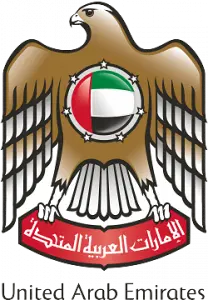Emirates ID and the greatest achievement
This means that the Emirates ID has a real and official figure of the UAE population, both citizens and residents, by the end of 2012. It also means that it possesses the actual number of the existing nationalities living in the UAE. It further means that it is fully aware of the number of each nationality of the existing communities residing in the state.
It is not only this, but the Emirates ID has statistics for the number of citizens and that of residents and a lot of information, data and characteristics of the segments of the society.
As far as this significant issue is concerned, the Emirates ID is required only to reveal the UAE population and how many of them were registered in the system by the end of 2012, enabling us to be aware of the number of our citizens, which is small and outnumbered by some communities in an unparalleled example all over the world except some neighboring countries that are experiencing the same concerns and harms from the repercussions of the demographic imbalance and the multi-national demographic problems that had and still have a great effect on the national identity.
Taking into consideration the small number of citizens and the ramifications of the demographic imbalance and its effect on the national identity, it is incumbent on us to hasten the pace to find a solution this disorder and correct this inverted situation inverted, which has become the obsession and concern of every loyal citizen to this country. We must find a demographic policy that brings the influx of expatriates into a minimum, particularly the unskilled ones, who no only are unable to serve the UAE’s trend towards a knowledge-based economy but also add the UAE’s heavy burdens and contribute to increasing the demographic imbalance.
Secondly, we must reconsider those communities which outnumber citizens by striking a balance between the two sides and trying to reduce the numbers of these communities as compared to citizens, who should naturally be larger in number.
Latest Blogs
“Customer Councils” as an Opportunity to Improve Services and Enhance Transparency
Youth and Future Vision of the UAE ICP
Emirates Customs” a unified identity to enhance competitiveness
Zero Government Bureaucracy Programme… Emirati leadership
Cancellation of the ‘residence sticker’ is a step to make Customers Happy
The third generation of developed identity and citizenship services embodies the fifty principles
You can help us improve by providing your feedback about your experience.
Have you recently used our services through our digital platforms?




Rate your experience